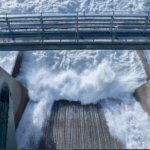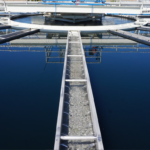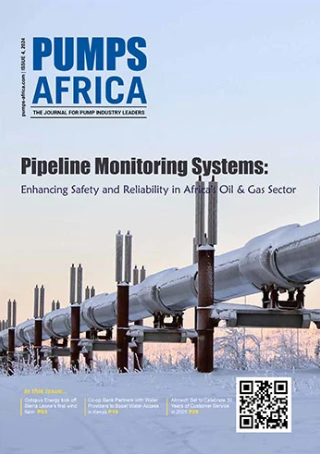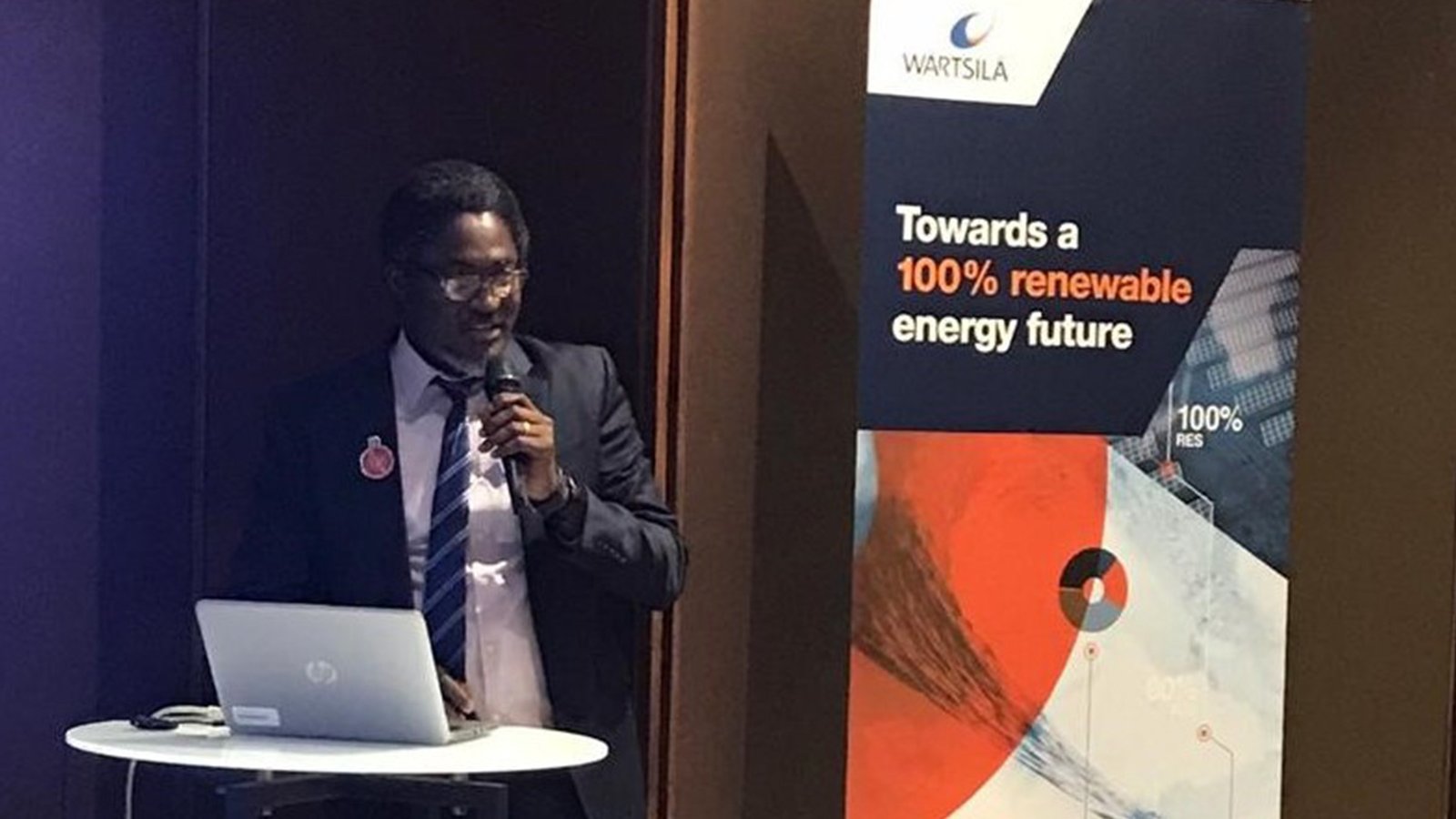Kenya Electricity Generation Company (KenGen) is set to develop a solar photovoltaic (PV) plant at the Seven Forks, in Kenya. Peter Njenga, KenGen’s Managing Director, confirmed the report and said the project is a pivotal step in improving power generation and reliability across Kenya.
The energy firm affirmed that all necessary approvals have been obtained, allowing construction to begin soon. Their strategic plan include setting up a 42.5 MW solar photovoltaic (PV) plant that will be used during the day and water from hydropower reservoirs at night.
This dual approach aims to ensure a steady and reliable electricity supply while conserving water resources, critical for the country’s hydropower plants. This method of combining solar energy and hydropower storage is expected to foster economic growth and stability by providing a consistent power supply.
READ:Cameroon commissions first turbine of Nachtigal dam
Meeting energy demand
Speaking at the 12th KenGen Good to Great Global Innovation Seminar in Kisumu, Njenga reaffirmed the company’s dedication to innovation and renewable energy to meet the rising energy demands of Kenya. In addition to the solar project, KenGen is working on other significant initiatives, such as expanding the Gogo Power Station in Migori County from 2MW to 8.6MW.
This expansion is part of KenGen’s broader strategy to enhance its electricity generation capacity. Njenga also mentioned efforts to increase hydroelectric output by leveraging current rainfall patterns at facilities like Sondu, Sangoro, and Turkwel in the Western Region.
The effective management of KenGen’s hydropower dams has not only increased electricity production but also mitigated flooding risks downstream. The Seven Forks dams are operating at optimal capacity, harnessing most of the water from the River Tana and preventing potential flood-related issues. Concerns about water levels at Turkwel Dam were addressed, with reassurances that current levels are safe and below maximum capacity.







